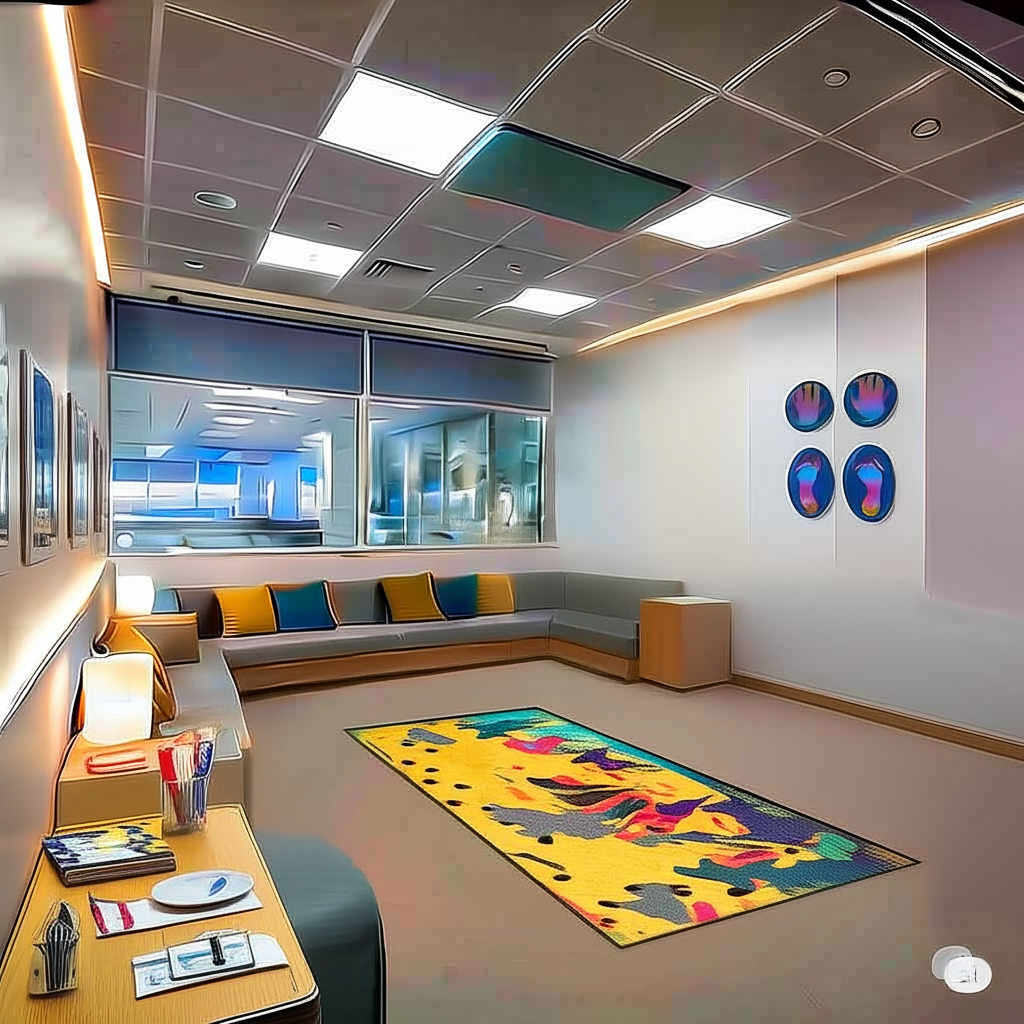Sensory Pathways for Hotels and Airports: Creating Calming Spaces for Better Guest Experience
Sensory pathways are transforming how hotels and airports approach guest comfort and accessibility. These thoughtfully designed spaces provide tactile, visual, and auditory experiences that help travelers manage stress, reduce anxiety, and feel more welcome regardless of their sensory needs.https://321sensorypaths.com/321-sensory-white-paper/

1. What Are Sensory Pathways in Hospitality Settings?
Sensory pathways in hotels and airports are designated areas featuring different textures, lighting, sounds, and visual elements designed to provide calming sensory input. Unlike traditional sensory paths for children, these spaces cater to travelers of all ages who may experience sensory overload, autism spectrum disorders, or simply need a moment of calm during their journey.
2. Benefits of Sensory Pathways for Hotels
Hotels implementing sensory-friendly design see significant improvements in guest satisfaction and accessibility. A sensory pathway in a hotel lobby or corridor can help guests with autism, ADHD, or anxiety disorders feel more comfortable and regulated. The Autism Society emphasizes the importance of sensory-friendly environments in public spaces.
Key benefits include:
- Reduced guest stress and anxiety levels
- Improved accessibility for neurodivergent travelers
- Enhanced brand reputation as an inclusive hospitality provider
- Better compliance with accessibility standards
3. Airport Sensory Areas: Managing Travel Stress
Airports are inherently stressful environments with loud announcements, crowded spaces, and constant movement. Airport sensory pathways provide travelers with quiet zones featuring soft textures, gentle lighting, and calming sounds. These spaces are particularly valuable for families traveling with children who have sensory processing needs.
Major airports like London Heathrow have pioneered sensory-friendly spaces that include textured wall panels, adjustable lighting, and noise-reducing materials. Our airport sensory design guide provides detailed implementation strategies.
4. Design Elements for Effective Sensory Pathways
Creating successful sensory pathways requires careful attention to multiple sensory inputs:
Tactile Elements
Textured flooring, wall panels with different materials, and tactile objects provide important sensory feedback. Hotels can incorporate textured rugs, smooth stones, or fabric panels along pathways to create engaging tactile experiences.
Visual Design
Soft, adjustable lighting and calming color schemes help reduce visual overstimulation. LED systems that can shift from bright to dim allow users to customize their sensory experience.
Auditory Considerations
Sound-absorbing materials and optional gentle background sounds like nature recordings can mask overwhelming ambient noise while providing calming auditory input.
5. Implementation Strategies for Hospitality Businesses
Hotels and airports looking to install sensory pathways should start with high-traffic areas where guests experience the most stress. Consider placement near check-in desks, security checkpoints, or waiting areas. The CDC’s autism resources provide valuable insights into creating supportive environments.
Budget-friendly options include:
- Textured floor mats in designated quiet areas
- Adjustable lighting systems in existing spaces
- Acoustic panels to reduce noise levels
- Simple tactile elements like textured seating
6. Training Staff for Sensory-Friendly Service
Installing sensory pathways is only part of creating truly accessible hospitality experiences. Staff training on sensory needs, autism awareness, and how to assist guests using sensory spaces is crucial for success. Many hotels partner with disability advocacy organizations to develop comprehensive training programs.
7. Measuring Success and Guest Feedback
Hotels and airports should track the effectiveness of their sensory pathways through guest feedback, accessibility compliance metrics, and usage data. Guest satisfaction surveys specifically asking about sensory accommodations can provide valuable insights for improvements.
Future Trends in Hospitality Sensory Design
The hospitality industry is moving toward more inclusive design practices. Smart sensory systems that adjust automatically based on occupancy and time of day are becoming more common. Virtual reality relaxation stations and app-controlled sensory environments represent the cutting edge of sensory-friendly travel technology.
Conclusion: Investing in Sensory Pathways for Better Hospitality
Implementing sensory pathways in hotels and airports demonstrates a commitment to accessibility and guest comfort that extends far beyond basic compliance. These spaces create more welcoming environments for neurodivergent travelers while benefiting all guests seeking moments of calm in busy travel settings.
Contact our sensory design team to learn how sensory pathways can transform your hospitality space and improve guest satisfaction.
